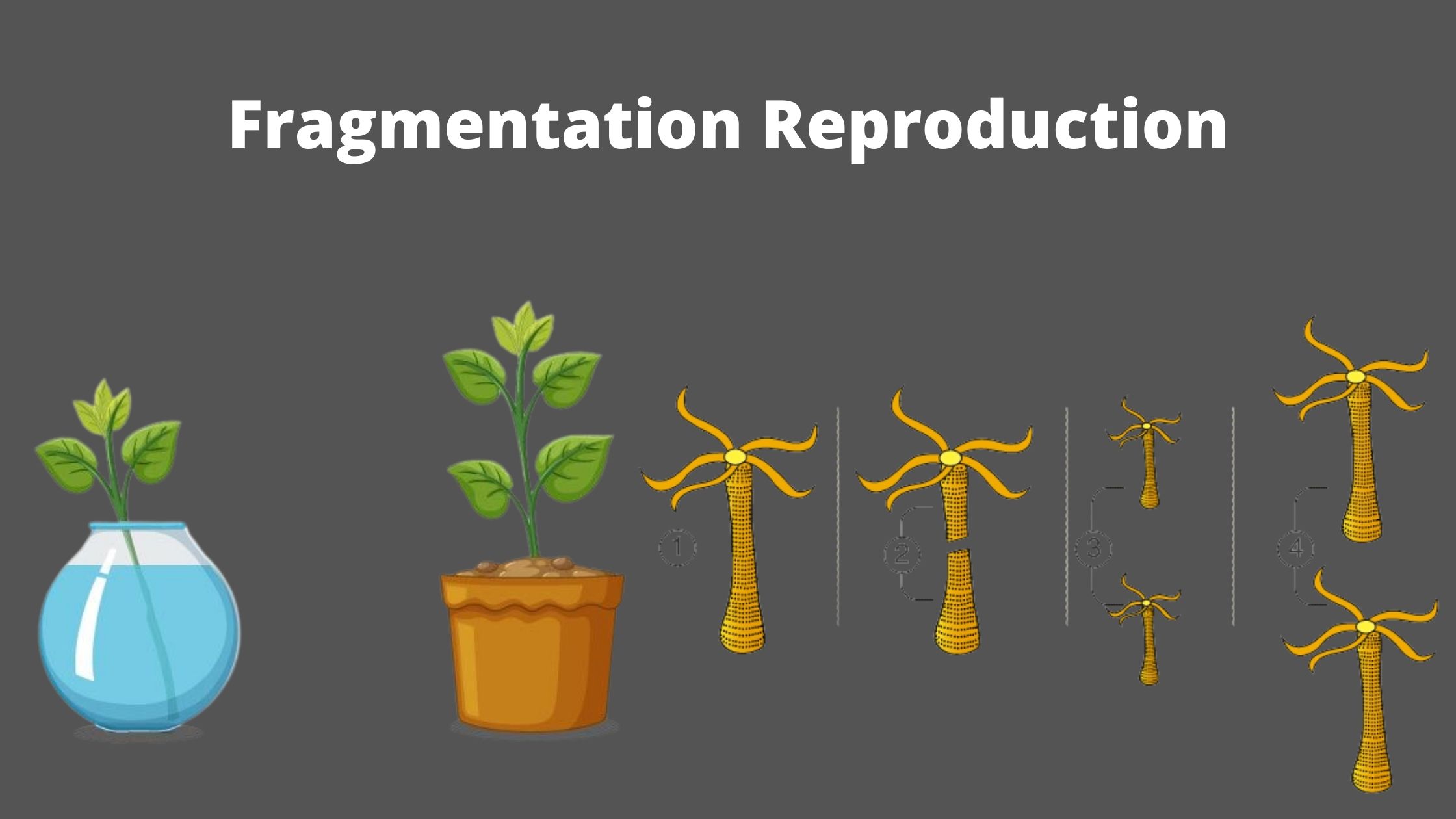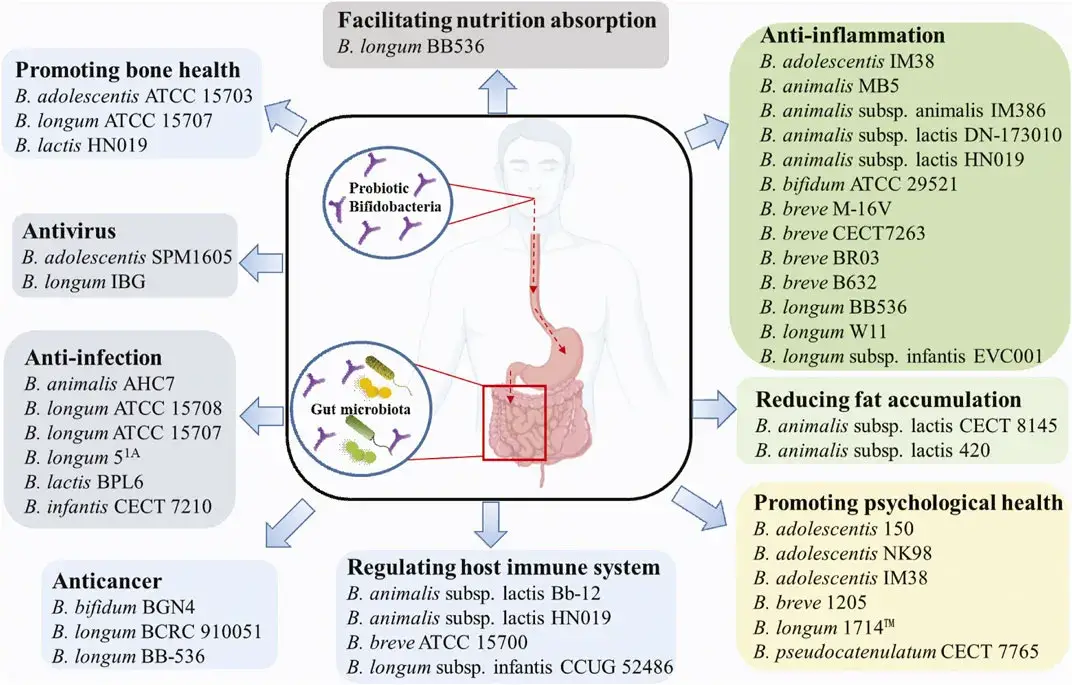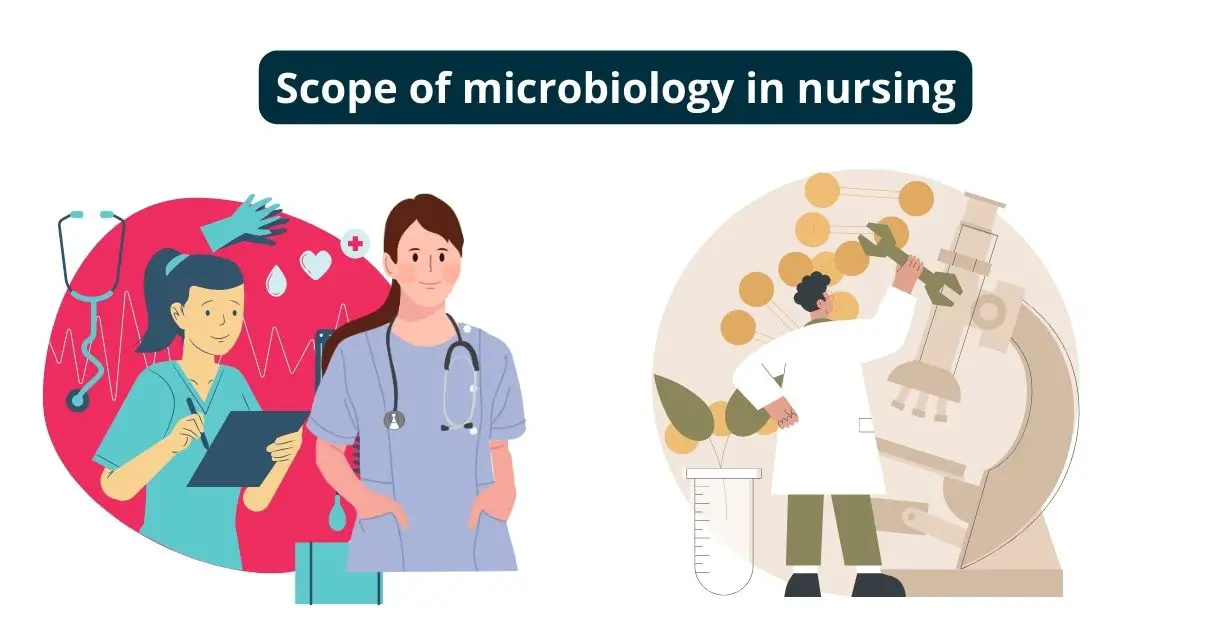Photoautotroph – Definition, Importance, Examples
What is Photoautotroph? Definition of Photoautotroph A photoautotroph is an organism that synthesizes its own organic compounds using light energy and inorganic carbon, primarily through the process of photosynthesis. Examples include plants, algae, and certain bacteria. How does Photoautotrophs Get Their Nutrition? Photoautotrophs obtain their nutrition through a process called photosynthesis. Here’s a detailed explanation … Read more









